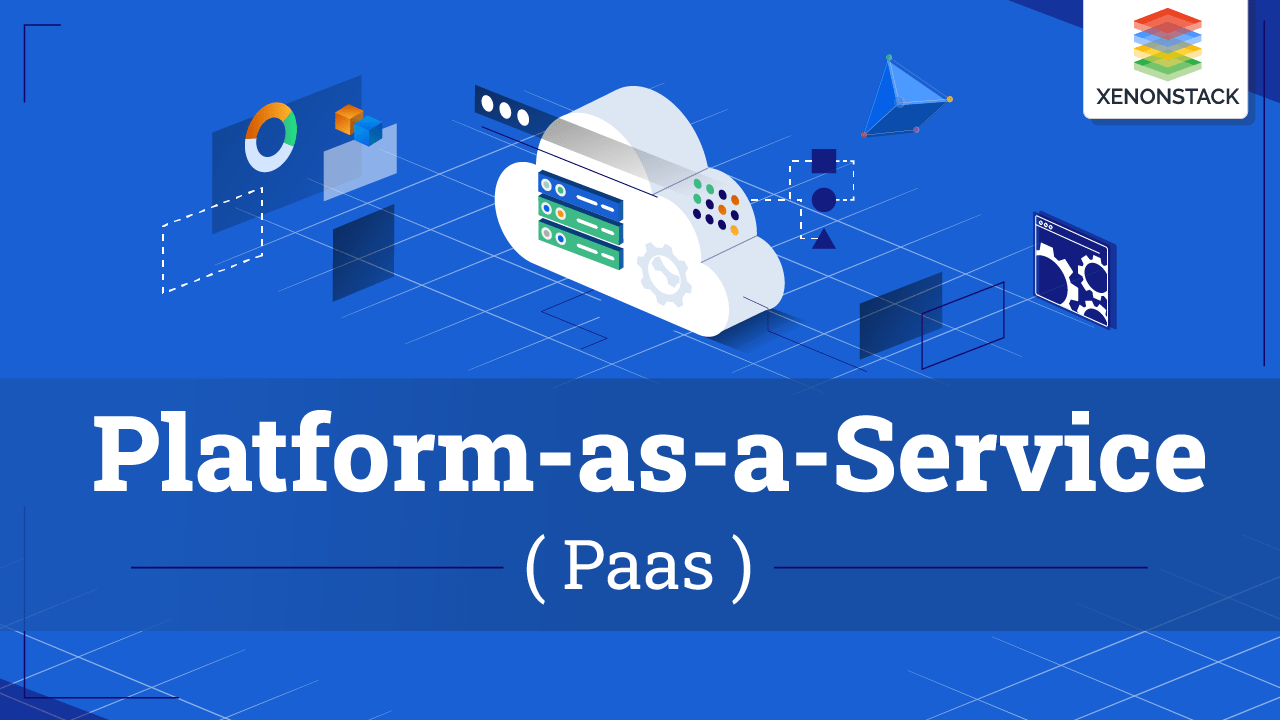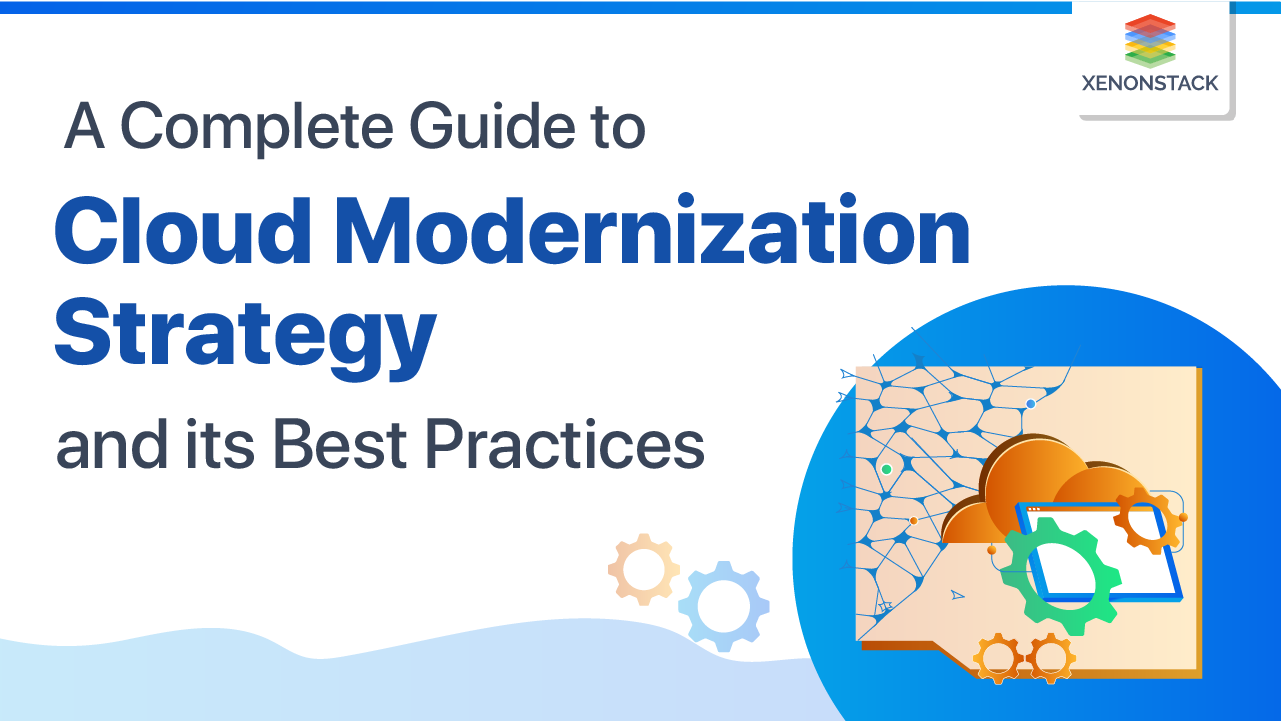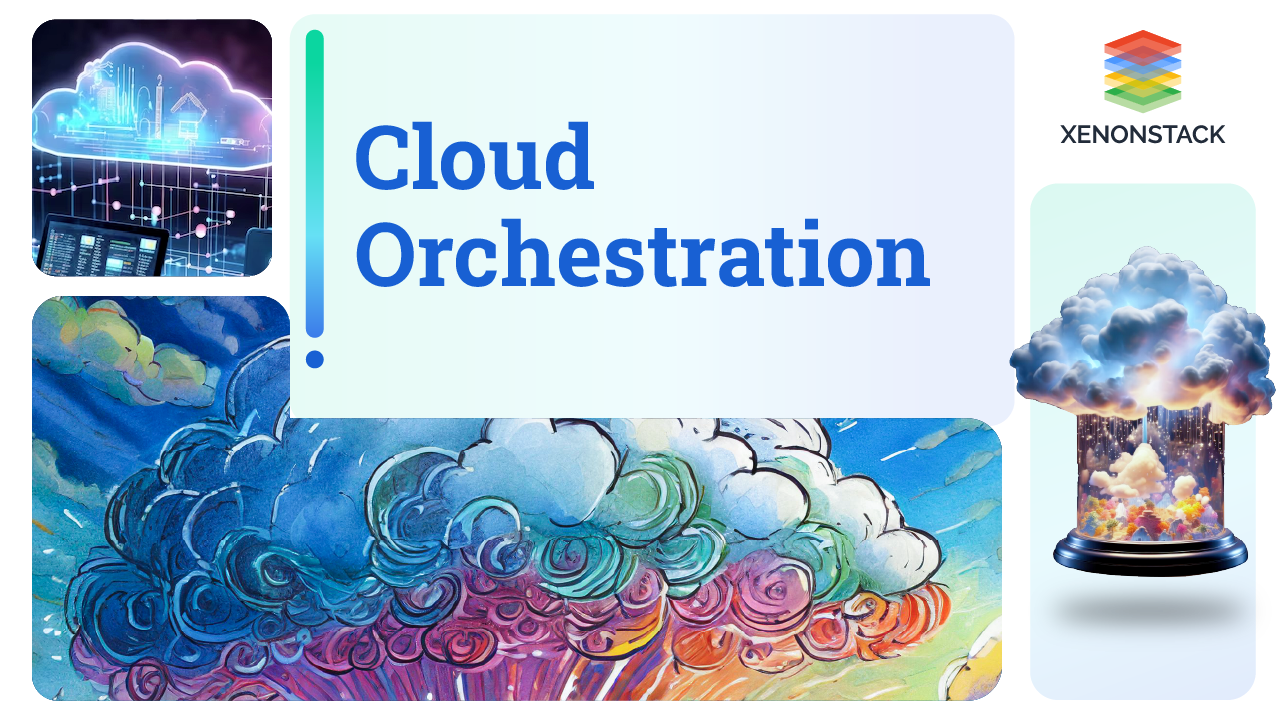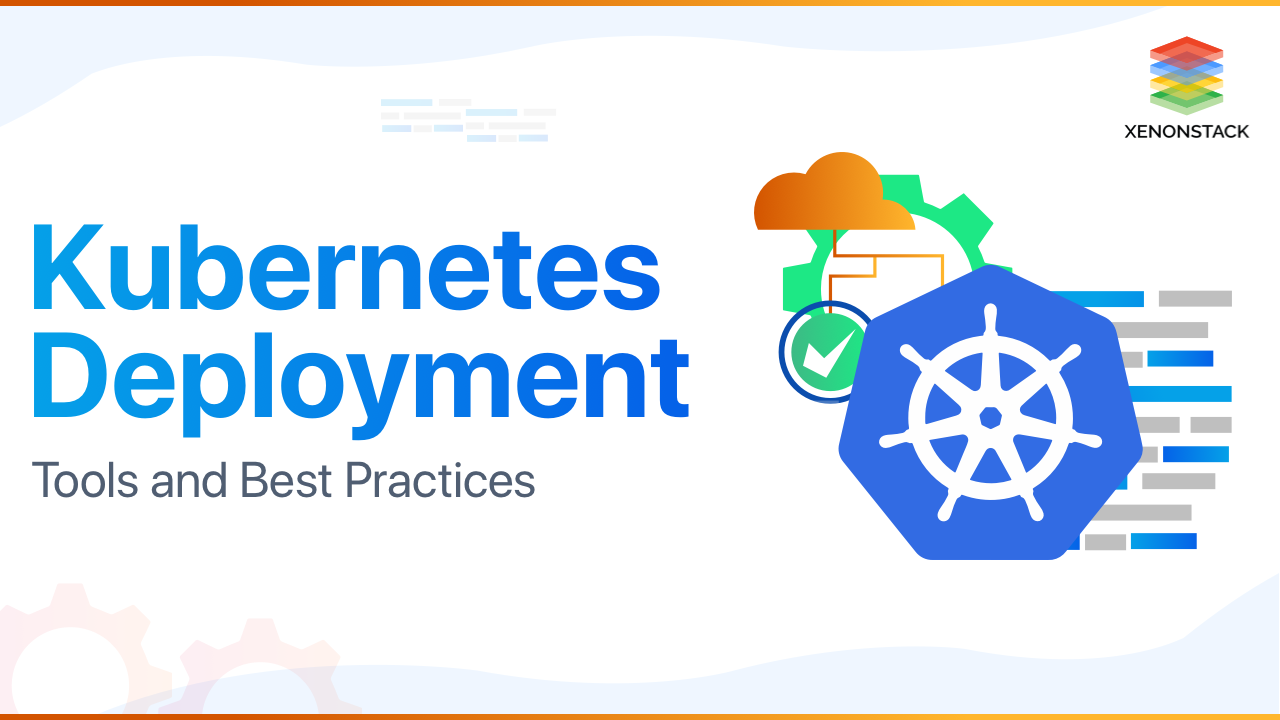
What is Platform as a Service (PaaS)?
Platform as a Service comes under cloud computing services that provide an environment to build and run applications. It helps one focus on developing the application as it provides the rest of the requirements needed for the development, including middleware, servers, and storage.It will attain a 41% CAGR through 2016, generating 24% of total cloud revenues. Source: ForbesDevelopment tools provided by the Platform as a Servicevendor can be customized according to the user's needs. Along with the infrastructure, it also provides management-related services like monitoring the software that can be done by the user or handed over to the vendor.
What are the layers of PaaS architecture?
It enables developers to develop, test, and deploy in the same environment. A typical architecture consists of the following categories:- Integration and Middleware: It refers to the software that offers runtime services.
- API: It implies Application Platform Interface, which acts as a communication between client and server that offers abstraction (running the details in the background) and core connectivity.
- Hardware: It comprises of all hard requirements to handle the resources.
What are the different types of PaaS?
It leads to faster development as there is no need for the user to worry about setting and maintaining the infrastructure. There are three different types of Platform as a Service.- Public
- Private
- Hybrid
Public
Public Platform as a Service runs on the public cloud the user have to focus on building application. It helps developers to be more agile, which helps them to develop and deliver faster. And the vendor manages and maintains the infrastructure.Private
It helps the developer build, run, and test applications on the platform, but the users buy the hardware resources required for the development. This provides control over the resources and infrastructure.Hybrid
Hybrid Platform as a Service offers flexibility to choose what percent of the user's infrastructure in his control. Well, a hybrid is a combination of a bit of private and public. These platforms reduce the time taken to develop and deploy, increase flexibility, help users achieve performance and better results, and maintain control over the cost.A methodology or an operating model that establish an Agile relationship between growth and IT operations.Click to explore about our, DevOps on Google Cloud Platform
Advantages and Disadvantages of PaaS |
|
Advantages |
Disadvantages |
|
|
Difference between Serverless and PaaS?
Both serverless and it provide the same facilities, as they both are backend architectures that hide the backend from the developers. They only differ in scalability, timing, startup time and tools, and deployment process. Let's learn about the differences below:- The pricing of serverless is exact as it charges developers for the time the application utilizes. On the other hand, pricing is not as precise as serverless, as PaaS vendors charge a monthly fee for the services offered.
- Platform as a Service provides more control over the deployment environment, while on the other hand, serverless provides less control over the environment.
- Serverless applications are active most of the time. The built-in PaaS applications can be up and run quickly, but they are not as lightweight as serverless. Serverless provides agility to its built-in applications makes it more suitable for web applications.
Introduction to Communication Platform as a Service (CPaaS)
It allows developers to add real-time communication features such as calls, messages, and video communications to the applications using a set of communication APIs.Communications Platform as a Service offers application leaders a cloud-based middleware on which they can develop, run and distribute communications software. Source: Gartner, IncThey are many APIs that can be integrated into new software or even into existing software as they are built to serve as communication between applications and databases. A few examples of these CPaaS are SMS, MMS, voice calling, and Rest API.
Benefits of CPaaS
There are various benefits of employing Communication Platform as a Service in the organizations' working. Some of them are mentioned below:- Communication API's helps businesses move forward as their computer programs interchange capabilities and communicates with one other.
- With the usage of cloud technologies, CPaaS providers can develop and offer communication features of any size.
- There is 24x7 live support to get the information needed and affordable pricing models where developers can pay for the services they need.
- Multi-tenancy enables multiple customers to use the same service at a time in a separate and secure environment.
Conclusion
To conclude, Platform as a Service includes an operating system, execution environment, servers, and database to host software and hardware in its infrastructure. Salesforce Heroku, AWS Elastic Beanstalk, Microsoft Azure: all these services come under PaaS, additionally note that Open version doesn’t include hosting, but it provides an open-source software (or) Environment to run apps. With new technologies like CPaaS coming into the picture, it has become trivial for entrepreneurs to employ such advancements in their enterprises.
Read Next?
- Discover more about Internal Developer Platform (IDP)
- Click to know about IoT Analytics Platform for Real-Time Data Ingestion
- Explore XenonStack's Digital Platform Engineering Services and Solutions


